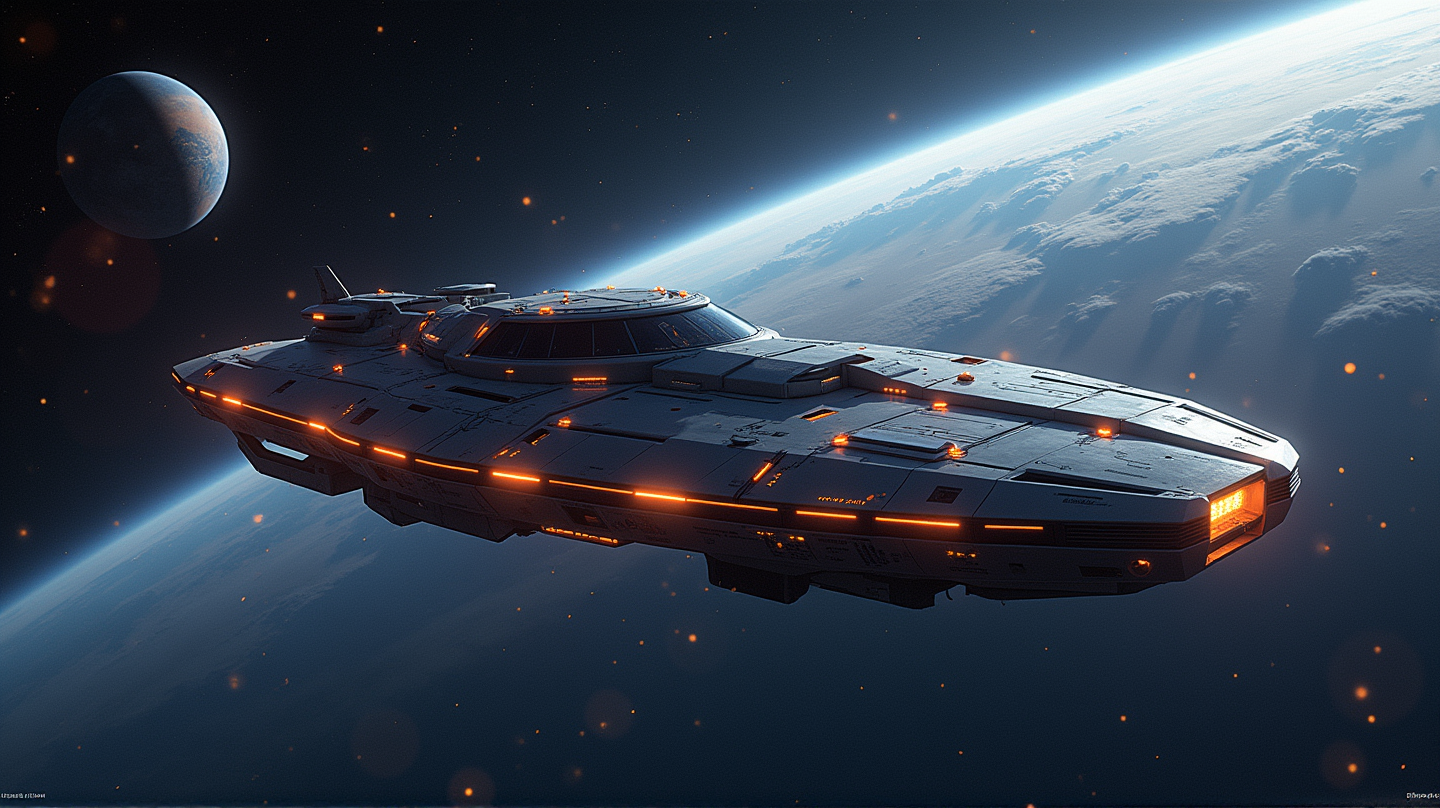Electric Propulsion: Powering the New Frontier in Space Exploration
Discover how cutting-edge electric propulsion systems are reshaping space missions and paving the way to the cosmos with less fuel.

The Revolution in Space Propulsion
Welcome to the age of electric propulsion, a transformative innovation in space travel that’s set to redefine our journeys beyond Earth. Unlike traditional chemical rockets that burn fuel vigorously, electric propulsion systems offer a low-thrust, high-efficiency alternative, operating on the principle of steadily accelerating spacecraft over long durations.
This approach drastically reduces the amount of fuel required for long-haul missions, making it a game-changer for deep space exploration. According to Innovation News Network, this technology is already making waves in how we view space travel, with missions like NASA’s Dawn and ESA’s SMART-1 leading the charge.
Ion and Hall-Effect Thrusters: A Clash of Titans
Two primary technologies dominate the electric propulsion landscape: ion thrusters and Hall-effect thrusters. These systems differ in their mechanics and applications, each boasting unique advantages that cater to specific mission objectives.
Ion thrusters, known for their impressive efficiency, use electrostatic forces to accelerate ions, reaching specific impulses of 3,000 to 4,500 seconds—ideal for long-duration missions. Meanwhile, Hall-effect thrusters leverage magnetic fields for propulsion, offering higher thrust levels suitable for tasks like orbital insertions and intricate manoeuvres.
Pioneering Missions Propelled by Innovation
Electric propulsion isn’t just theoretical; it’s practical and proven, with numerous missions showcasing its capabilities. The Dawn spacecraft, for example, navigated the asteroid belt with precision, thanks to its ion thrusters. Similarly, ESA’s SMART-1 made history by using an ion engine for lunar exploration.
Future missions, such as the BepiColombo and Solar Orbiter, continue to push the envelope, employing electric propulsion for efficient navigation through our solar system.
Overcoming the Challenges in Space Propulsion
While promising, electric propulsion faces hurdles that require innovative solutions. Challenges include developing reliable power sources for prolonged missions and scaling systems to remain efficient and manageable in deep space environments. Additionally, the lower thrust-to-weight ratio presents strategic planning demands.
Charting the Future: A New Horizon in Space Travel
Looking ahead, the possibilities electric propulsion presents are boundless. Advances in materials, solar panels, and even nuclear electric propulsion are on the horizon, promising more robust and capable missions.
International collaboration is key to realising these potentials, ensuring electric propulsion’s place at the forefront of space exploration. By continuing to refine these technologies, humanity stands on the brink of a new era, with the stars finally within reach.

